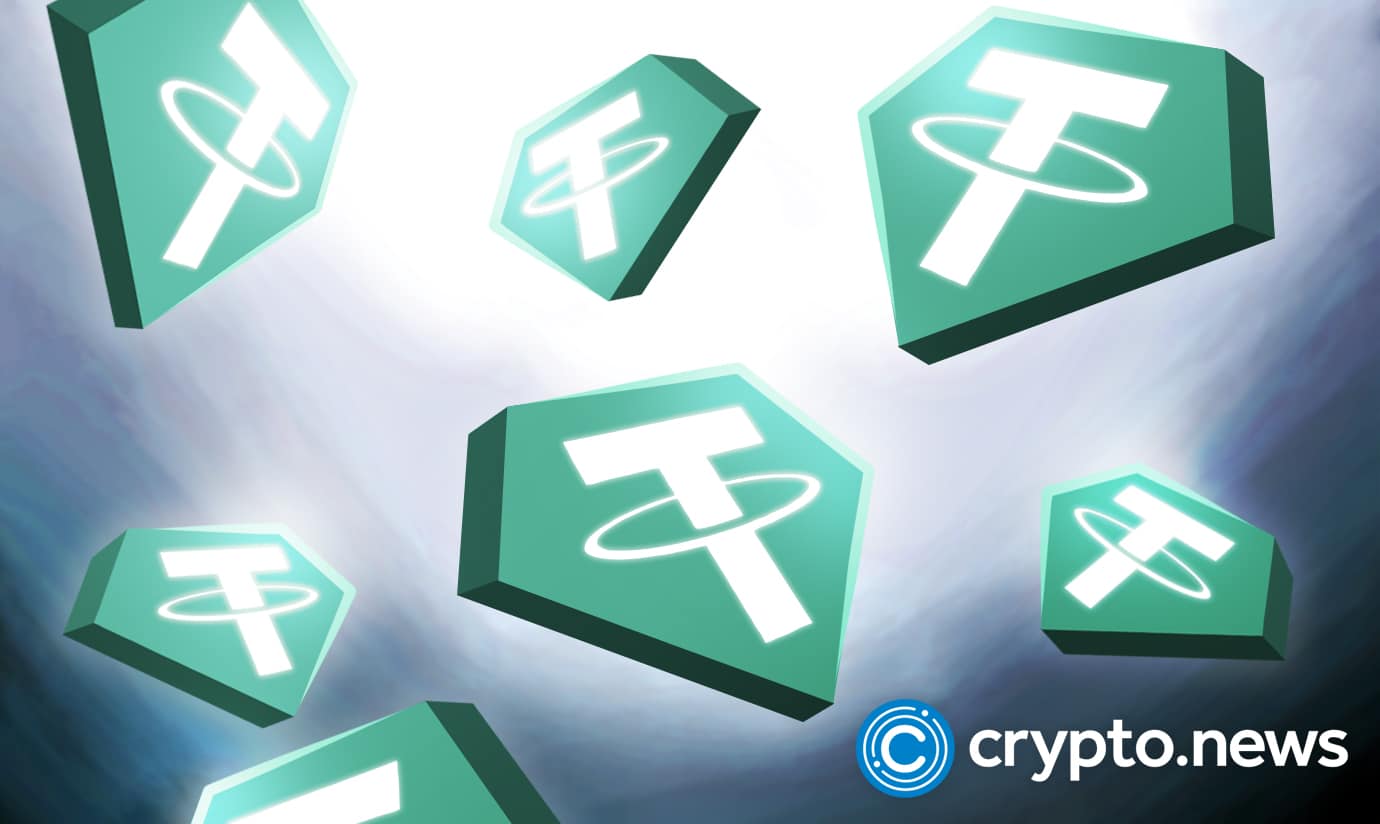Tether Reveals an Update on USDT’s Backing

Tether, the parent company to the world’s most significant stable coin, USDT has come out again to defend the coin’s backing with a new report. The controversial company claims that the consolidated assets of the USDT project are worth more than its current liabilities. The company explains that it now owns 21% less commercial paper than Q4 of 2021, alleviating concerns over the Evergrande debt.
Tether Continues to Justify USDT’s Controversial Backing
Tether, the parent company behind USDT, has a new report detailing how the stablecoin is backed. The company’s latest attestation claims that it owns sufficient assets, fiat, and commercial paper to cater for the $78B worth of USDT in circulation.
The company is defending its controversial backing of the coin with new data detailing that it now owns 21% less commercial paper. It explained that on DEC 31, 2021, it held $24.1B of commercial paper and deposit documents. It also held $4.1 in fiat and bank deposits,$3B of money market funds, and $34.5B worth of treasury bills.
It explained that the vast majority of its commercial paper is rated A-1 and A-2, suggesting that it has lower risks. Notably, the documentation shows that the company has slashed its exposure to commercial paper by 21% since the last attestation in Q4 of 2021.
Tether’s Questionable USDT Backing Saga Continues
Months after questions surrounding USDT’s backing surfaced, Tether is still trying to catch the public eye with explanations on the same. It has released several official statements and reports, with significant changes being noticed in each subsequent publish.
The crypto firm was exposed by Bloomberg last October on claims that the backing of the USDT was not sufficient. In addition to the disclose questioning the backing of USDT, Bloomberg further revealed that Tether owned substantial amounts of commercial paper issued by Chinese organizations.
The better part of the Chinese commercial paper was suspected to be connected to Evergrande, a controversial Chinese real estate developer. Evergrande was regarded as controversial after its defaults on debt repayment surfaced. At the time, analysts worried that if it were true, then the default could result in a bank run on USDT.
Even though the controversial Evergrande commercial paper backing did not significantly affect USDT, Tether is a far cry from regaining total trust from investors. Many are still skeptical of its operations, considering it has been in the spotlight severally and is connected to Bitfinex, another controversial crypto project.
What’s Next for Decentralized Stablecoins as CBDCs Join the Market?
Stablecoins are among the hottest sectors in crypto adoption currently. Considering that the coin is tied to the value of certain physical assets and fiat, it is not subject to significant market variations hence safer than typical cryptos. Due to this reason, many businesses have adopted stablecoin payments.
However, the coins face tough competition in the wake of government-backed counterparts (CBDCs) launch. Several countries like China and Nigeria already have functional CBDCs, with Russia in the final trial stages of digital rubble. A recent report also revealed that an upcoming Biden crypto executive order would feature the development of a digital dollar.
Since stablecoins are used in digital payments, some lawmakers are skeptical of their operation and wish to replace them with CBDCs. Now, only time will tell whether centralized stablecoins (CBDCs) and decentralized ones will coexist or one will phase out the other.












